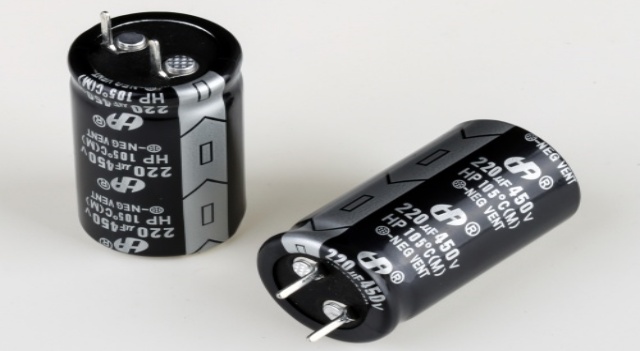Safely Discharging Capacitors
Apr 08, 2024
Capacitors are essential components in electronics, storing electrical energy for various applications. However, handling charged capacitors can pose risks of electric shock or damage to equipment if not discharged properly. This post will provide a comprehensive guide on how to safely discharge a capacitor, ensuring your safety and protecting your electronic devices.
Step 1: Understand the Risks
Before attempting to discharge a capacitor, it's crucial to understand the risks involved. Capacitors can store significant amounts of electrical energy, even after the power source is removed. Accidental contact with a charged capacitor can result in electric shock or damage to equipment. Always exercise caution and follow safety procedures when working with capacitors.
Step 2: Power Off the Device
Before attempting to discharge the capacitor, power off the device and unplug it from the power source. This ensures that no additional electrical energy is being supplied to the capacitor and reduces the risk of electric shock during the discharge process.
Step 3: Identify and Access the Capacitor
Locate the capacitor within the device or circuit you are working on. Capacitors are typically cylindrical or rectangular in shape and may be labeled with capacitance values and voltage ratings. Once identified, ensure that you have access to the capacitor terminals for discharging.
Step 4: Use a Discharge Tool or Resistor
There are several methods for discharging a capacitor safely. One common method is to use a discharge tool specifically designed for this purpose. A discharge tool typically consists of a resistor connected to insulated probes or clips. Simply connect the discharge tool across the terminals of the capacitor to allow the stored energy to dissipate gradually.
Alternatively, you can use a high-value resistor (e.g., 1kΩ to 10kΩ) as a makeshift discharge tool. Connect one end of the resistor to one terminal of the capacitor and the other end to the opposite terminal. This creates a path for the stored energy to discharge safely through the resistor.
Step 5: Monitor the Discharge
Once the discharge tool or resistor is connected, monitor the discharge process to ensure that the capacitor is fully discharged. You may observe a brief spark or hear a popping sound as the energy dissipates. Allow sufficient time for the capacitor to discharge completely before proceeding with any further work on the device or circuit.
Step 6: Verify Discharge
After discharging the capacitor, it's essential to verify that it is fully discharged before handling it further. Use a multimeter set to the voltage measurement mode to check the voltage across the capacitor terminals. A reading close to zero volts indicates that the capacitor is safely discharged and can be handled without risk.
Discharging capacitors safely is essential for protecting yourself and your electronic devices from potential harm. Remember to always prioritize safety and adhere to best practices when handling electrical components.

